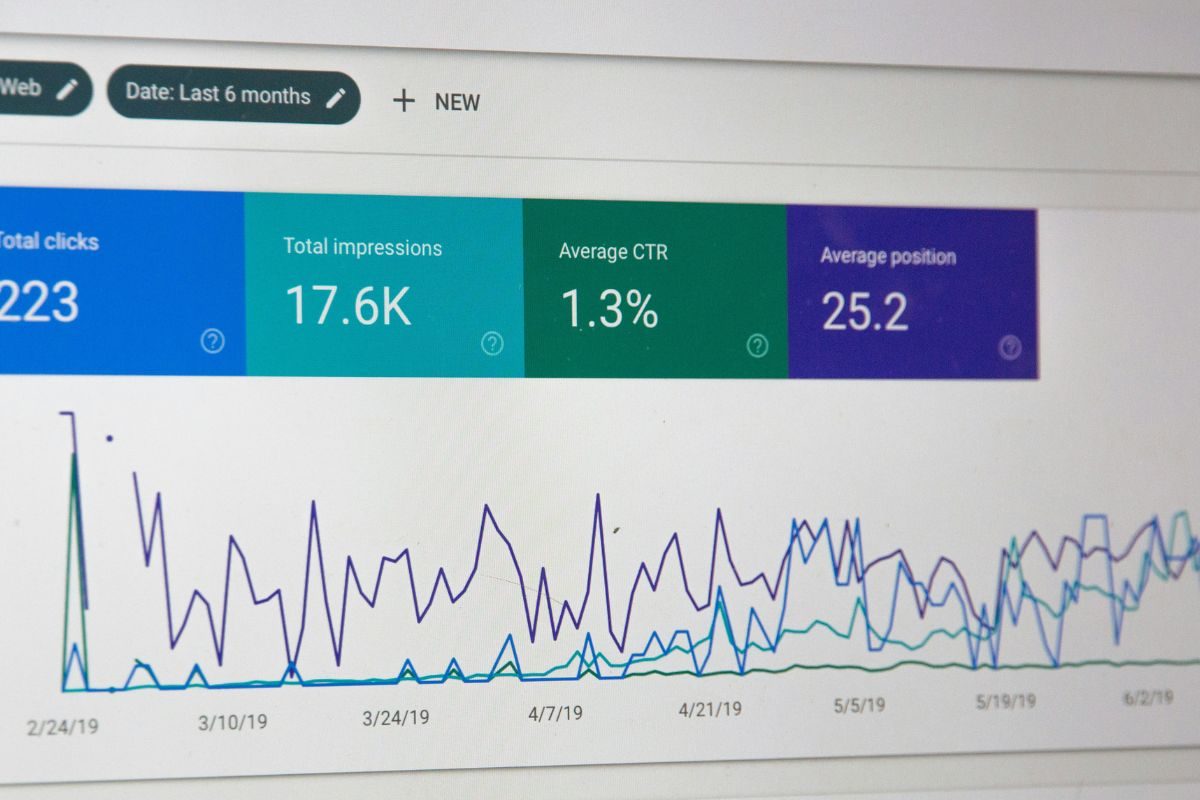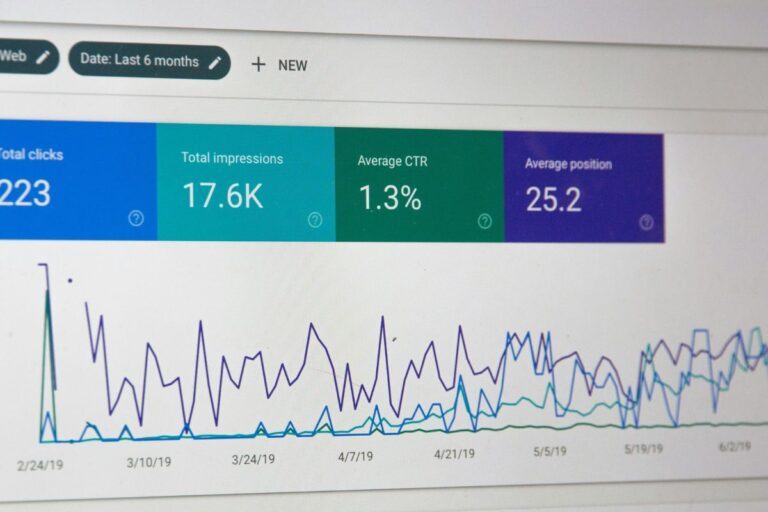In any electrical system, the safety aspect is of extreme importance, and protection of circuits from electrical overloads as well as short circuits becomes a necessity. Among such devices, Moulded Case Circuit Breakers are the most widely used to protect against overloads and short circuits. These devices are found in a wide range of applications, from residential buildings to large industrial systems. In this blog, we will explain what moulded case circuit breakers are, how they work, the advantages they offer, and why they are important in protecting electrical installations.
What Are Moulded Case Circuit Breakers?
Moulded case circuit breakers, MCCBs for short, are electromechanical devices designed to safeguard electrical circuits against damage that can be caused by an overload, short circuit, or other faults. They disconnect the circuit automatically in the event of a fault.
Unlike the traditional fuses, which need to be replaced after they blow, an MCCB can be reset after it trips, making it a more robust and cost-effective solution for circuit protection. The “moulded case” refers to the durable plastic casing that encloses the components of the breaker, thereby protecting them from external damage.
How Do Moulded Case Circuit Breakers Work?
The working principle of moulded case circuit breakers is relatively simple but effective. MCCBs consist of several key components: the trip unit, the contacts, and the casing. The trip unit detects the current flowing through the circuit and trips (disconnects) the breaker when the current exceeds the preset limit.
MCCBs operate based on the following principles:
- Overload Protection: The breaker trips when the current flowing through the circuit exceeds the rated value for a specified period in order to avoid overheating and damage to the circuit.
- Short Circuit Protection: If there is a short circuit, then the breaker immediately trips to avoid significant damage while ensuring safety to the system.
- Resettable: After the breaker trips, it is manually reset, unlike in the case of fuses, which are replaced. MCCBs are, therefore more convenient and long-term solutions.
Applications of Moulded Case Circuit Breakers
Moulded case circuit breakers are widely used in various applications due to their versatility and reliability. Some common areas where MCCBs are used include:
- Industrial Systems:MCCBs are used in factories, power plants, and other industrial applications where large amounts of electrical current are involved. They protect heavy machinery, motors, and distribution systems.
- Residential Buildings: MCCBs are used in residential settings to protect the home’s electrical system from overcurrents. They are installed in distribution boards to protect appliances and wiring.
- Commercial Establishments: Offices, retail stores, and other commercial spaces use MCCBs to protect the electrical systems. These devices are also used in HVAC systems, lighting circuits, and other critical applications.
- Power Distribution: MCCBs are an important part of electrical power distribution systems. They protect transformers, feeders, and substations from potential faults.
Types of Moulded Case Circuit Breakers
There are different types of Moulded Case Circuit Breakers, each designed to meet the specific needs of various applications. The main types are:
- Thermal Magnetic MCCB: This is the most general type of combination and uses two forms of protection: the thermal overloads and magnetic short circuit protection. This type responds to an extended overload with its thermal unit while using the magnetic unit for the response to instantaneous short circuits.
- Electronic MCCB: These breakers make use of electronic components to monitor the flow of current and give protection. They provide more accurate control and can be set for specific applications. Electronic MCCBs are often used in sensitive systems where high accuracy is required.
- Shunt Trip MCCB: This type is provided with a shunt trip coil, which can be operated from a remote location to trip the breaker. Shunt trip MCCBs are beneficial in applications where remote control of the breaker is necessary, like in fire protection systems.
- Motor Protection MCCB: These MCCBs are specifically designed for protecting motors from overloads and short circuits. They are commonly used in motor control centers and industrial machinery.
Advantages of Moulded Case Circuit Breakers
Moulded case circuit breakers offer several advantages that make them an essential component in electrical systems. Some of these benefits include:
1. Enhanced Safety
The main purpose of an MCCB is to protect electrical circuits from damage due to overcurrents, which may cause damage to the equipment and harm people. It prevents electrical fires, equipment failure, and other dangerous situations by automatically disconnecting the circuit in case of a fault.
2. Cost-Effective
Although the initial cost of an MCCB is higher than a fuse, it is more cost-effective in the long run because it can be reset once tripped, whereas fuses need to be replaced. The MCCBs also last longer, which means they need to be replaced and serviced less often.
3. Flexibility
They also come in wide varieties and ratings, and so their applications are in different dimensions. Whether it is an electrical panel of a house or an industrial motor of a factory, MCCBs can be designed for particular demands in order to accommodate their specifications.
4. Reliability
MCCBs are dependable devices and have a lot of ability to withstand faults, such as high fault currents. They are provided to protect the circuit from significant amounts of electrical current without sustaining damage; thus, they are a safe option for circuit protection.
5. Easy to Reset
Fuses are devices which must be replaced once they melt and do not have the ability to reset in case they make an electrical circuit trip. Thus, MCCBs are even more practical and reduce circuit failure-related downtime.
Why Choose Moulded Case Circuit Breakers?
To maintain any electrical system in maximum safety and efficiency, appropriate choice for a circuit protection device would suffice. In conditions where solid, reliable service is to be demanded, moulded case circuit breakers are preferable. Since both overload as well as short-circuit protect them, together with them resetting back, moulded case circuit breakers prove valuable enough in residential as well as in commercial, and industry application fields.
Choosing the Right Moulded Case Circuit Breaker for Your Needs
When selecting a moulded case circuit breaker, there are several factors to consider, including:
- Rated Current: Ensure that the MCCB has the right rating in terms of current to manage the electrical load of your system.
- Breaking Capacity: Select an MCCB with a breaking capability that can manage the maximum fault current expected in your system.
- Application: Consider the specific needs of your application, such as whether or not the MCCB needs to be shunt-trip enabled or designed for motor protection.
- Quality: Always choose MCCBs from reputable manufacturers to ensure you get a high-quality product that meets industry standards.
Conclusion
In conclusion, the Moulded Case Circuit Breakers forms an important constituent of the modern electrical systems, offering overcurrent and short-circuit protection with good reliability. For industrial machines, residential wiring, and commercial electrical systems, MCCBs are available as versatile, cost-effective, and safe options. Being resettable and with its range of applications, MCCBs remain one of the first choices in circuit protection. continue to be a preferred choice for circuit protection.
NMA Group offers some of the finest quality moulded case circuit breakers that come with the highest standards and are made for reliability as well as long-term performance. For more information on NMA Group’s MCCBs or how they can make a difference to your electrical systems, please contact us today.














